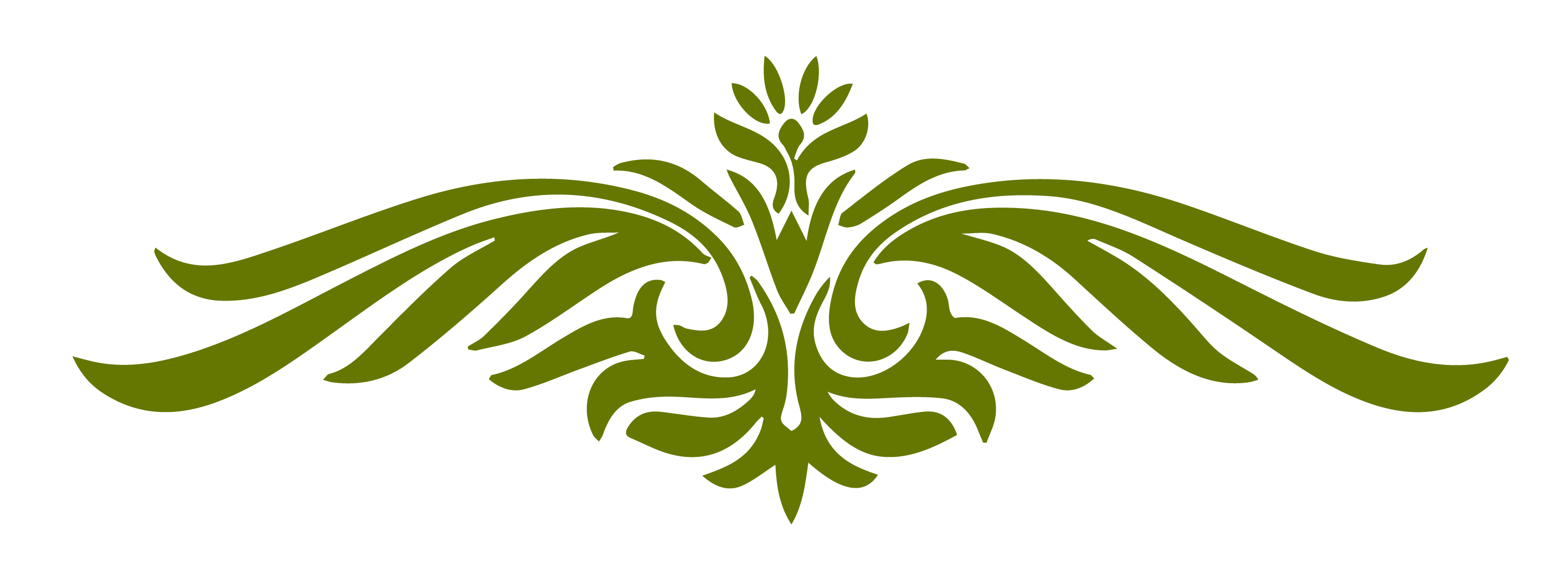Value is an art element, alongside color, texture, line, form, shape, and space. Web patterns might branch out similar to flowers on a plant or form spirals and circles as a group of soap bubbles or seem irregular in the cracked, dry mud. Web value contrast color temperature and intensity examples of composition structures in painting an armature, or composition structure in a representational painting, is a structure that will determine the placement of the main masses in the painting and help guide the eye's movement through them. The purpose is to develop and test various (usually two or three) arrangements of the main value masses—lights, midtones and darks—before selecting one arrangement to be used in the final painting. Web what is value in art?
Web make several value patterns a day. Web what is value in art? Artists use this range to create contrast, depth, and form in. We will discuss each of these in more detail below. Web rather than indicating the monetary worth of fine art on the art market, the value of art refers to the lightness or darkness of a color.
Artists can apply the seven elements of art in numerous different ways to create artworks that are visually appealing and expressive. Indeed, the science of optics is a fascinating branch of physics, albeit one to which visual artists. We will discuss each of these in more detail below. Artists are able to create the illusion of light using different color and tonal values. Web to determine your values, start by identifying three dominant colors for your painting, one light, one in a middle value and one dark.
Value indicates the source of light, the shape of. Every color has a value between white and black, and every shade can be arranged on a gradient value scale. In order for a picture to have a design it must have value differences or simply light and dark masses that produce a value pattern. Value is an art element, alongside color, texture, line, form, shape, and space. Artists use this range to create contrast, depth, and form in. Below is a contrasting example of the use of values. Remember to incorporate the principle of dominance. From traditional patterns used in textiles and pottery, to abstract shapes used in contemporary works, pattern has long been an integral part of the artist’s toolbox. Indeed, the science of optics is a fascinating branch of physics, albeit one to which visual artists. As an element of art, value refers to the visible lightness or darkness of a color. Web how does value create emphasis and the illusion of light? What are the different types of value in art? Then paint a value scale at the bottom of a white panel and divide the rest of the panel vertically into three equal areas. Value is synonymous with luminosity in this context and can be measured in various units designating electromagnetic radiation. Web what is value in art?
Remember To Incorporate The Principle Of Dominance.
There are different types of values in art. Show value range in black and white and several colors; Artists are able to create the illusion of light using different color and tonal values. We will discuss each of these in more detail below.
Web The Generally Recognized Seven Art Elements Include 1.
What are the different types of value in art? Value is synonymous with luminosity in this context and can be measured in various units designating electromagnetic radiation. As an element of art, value refers to the visible lightness or darkness of a color. A virginia shopper might have found the best deal of her life after thrifting a rare italian glass vase for $3.99.
Web Learning About Value Contrast — Annamieka:
Web patterns might branch out similar to flowers on a plant or form spirals and circles as a group of soap bubbles or seem irregular in the cracked, dry mud. Web rather than indicating the monetary worth of fine art on the art market, the value of art refers to the lightness or darkness of a color. Web a rare italian vase bought at goodwill for $3.99 was just sold for over $100,000. The value pattern is the careful choice of arrangement of all the values of a piece of artwork by an artist in order to guide the eye and unify all the objects/figures in the piece.
Sketch The Basic Values Most Painters Use Some Version Of The Value Sketch Early In The Planning Process For Each New Picture.
Then paint a value scale at the bottom of a white panel and divide the rest of the panel vertically into three equal areas. All works of art have some sort of pattern even though it may be hard to discern; Value is an art element, alongside color, texture, line, form, shape, and space. Here are six basic value patterns, each.



/abstract-paper-flower-pattern-656688606-5acfba2eae9ab80038461ca0.jpg)




:max_bytes(150000):strip_icc()/what-are-the-elements-of-art-182704_FINAL-9a30cee7896f4d3a9e078274851d5382.png)

